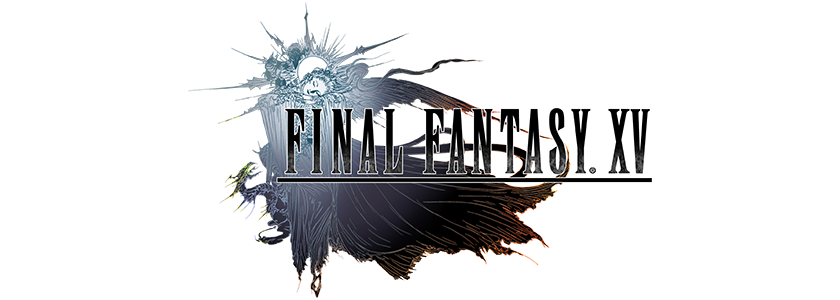- Platform: PS4
- Genre: JRPG
- Also Available On: Steam, PS3 (Japan Only)
The Tales of series has been going on for a long time. Most people’s familiarity with it is directly tied with the GameCube release of Symphonia, but that’s just one of many main line titles in the series. Berseria in a lot of ways feels like a final act in the PS3 game line and a natural progression of the PS3 titles starting with Xillia. With this being a direct universe prequel to Zestiria this makes quite a bit of sense. However, there’s been a number of changes that have pushed the gameplay ever further towards a direct action RPG style.
The biggest high level difference long time Tales of players will notice is that this story is decidedly darker than your typical titles in the series. The surface level of the story is very direct with this in that you are playing the bad guys. At its core, your group is basically out to destroy the world, even if their motives are somewhat more selfish than that. However, beyond the surface layer, there are a number of themes that play on negative psychological aspects that I was surprised to see in such detail. All that said, the progression and ultimate redemption of the party in the final act is worth the pay off. Players of Zestiria will also connect a lot of dots about how the game’s shared universe works, and the return of a handful of characters from the previous title adds a nice layer of depth to the universe, even though the thousand year gap between the two games means they are largely disconnected from each other.
At a gameplay level, things are largely as they have been for a while, with some key differences once the battle system is reached. Like Zestiria and the Xillia titles, there is no distinction between dungeons and a larger scale overworld. Everything is interconnected using realistic scale environments, so moving between towns, fields, and dungeons is fairly direct. The environments are scattered with non-random battles that start with interacting with enemies. There are also your standard assortment of treasure chests, as well as the return of herbs and item spheres that can be collected around. The only new addition to item pick ups are Katt souls, which serve as a secondary currency for unlocking some specific chests largely filled with outfits and visual accessories. The end result is that if you’ve played a Tales of game on PS3 in the last 5 years, you know what you’re getting into here.
Battles are where the gameplay has changed the most. Pretty much every Tales of game in the past has had standard attacks on one face button, and Artes attacks using a secondary resource on another face button. This is all gone. For one thing, all attacks are now set by the player across the four face buttons based on a position within a combo chain. All attacks and artes now using a single resources that determines how many attacks can be chained in a single combo. The resource stack grows by applying negative conditions to enemies or properly timing dodges, and shrinks when negative conditions are applied to the player. With 3+ resources available, the player can also activate a special overdrive-like mode or special attacks, depending on the character, giving a boost to damage as well as a significant heal. Because of the constant back and forth in changing the active combo length, as well as the layout of the custom combos, the game feels very distinctly like a 3D fighting game in battle. While these titles have always been very action-focused, the changes here have pushed the game in a direction that is a distinctly fresh take on the gameplay, even if a lot of the core pieces are very recognizable to returning players.
Also of note to the core gameplay loop are some changes to the gearing system. Stats are still very much there, but the most important aspect to gear is a mastery stat. Every piece of gear has a mastery stat, which can be anything from flat stats (+x Defense, etc), to type-specific increases (+x% damage to undead), to very specific effects around status conditions (-x% time to applied poisons). Once an item mastery has been earned, it is permanently applied to the character. Because of this change, I was typically wearing whatever gear was not mastered, rather than whatever gear was the best. By the end of the game, the summation of all these individual masteries was easily more important than changes in stats between two pieces of gear, so I was constantly searching both in shops as I got to them, as well as for treasure chests in all the environment areas for new gear that I hadn’t seen before.
Given that we haven’t heard anything about the next Tales of title, my assumption is that they’re now digging in to get going on the true next-gen progression of the series. While Zestiria and Berseria were on PS4, they were direct ports from PS3 titles released at the same time. Given the departure that the PS3 titles were from some of the past games, I can only assume that we’re going to see a similar change in gameplay for whatever the next title will be. However, it feels like the changes have already started here. The action focus of the battle system is a very distinctly new feel to the series, even if a lot of the core pieces feel the same. Because of the constant healing and changes to gear mastery, the game felt more focused than ever on the core combo-based action, rather than the number crunching typical of most JRPGs. Like Final Fantasy 15, it feels like they’re moving further away from what started the series’ popularity, but like FF 15, I’m also pretty confident it’s for the best. Technology has progressed to the point where we can have the grand adventures, as well as fast paced gameplay, and I feel like we’re only scratching the surface of where this series will be going in the future.


